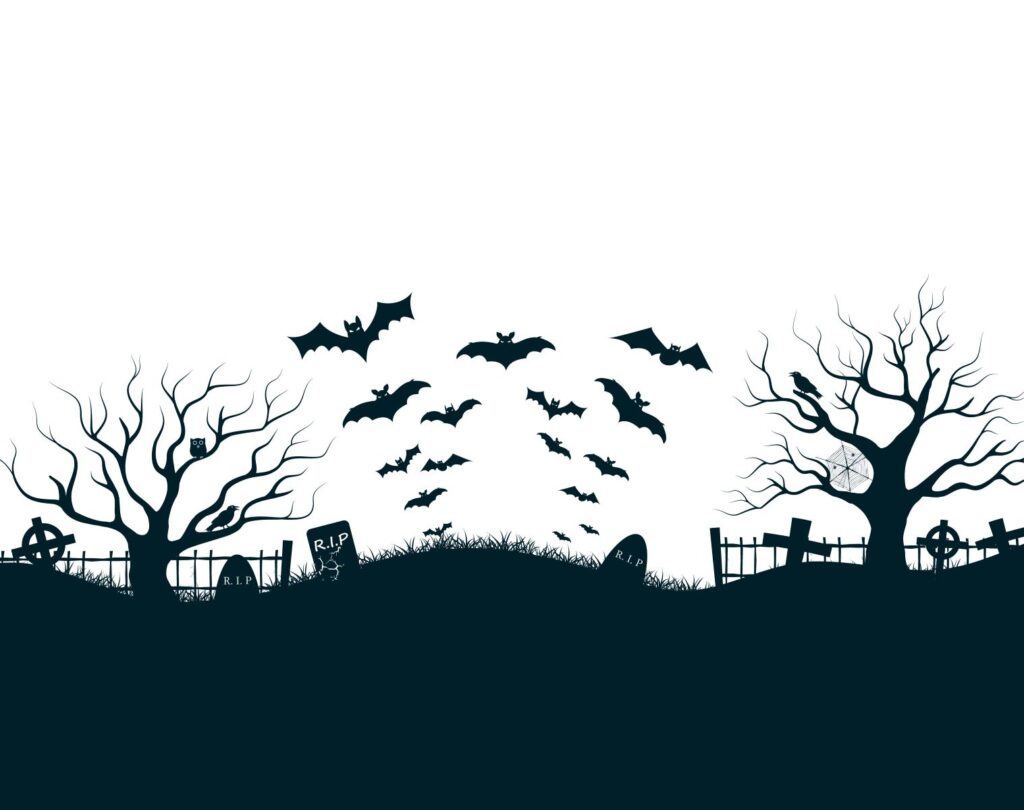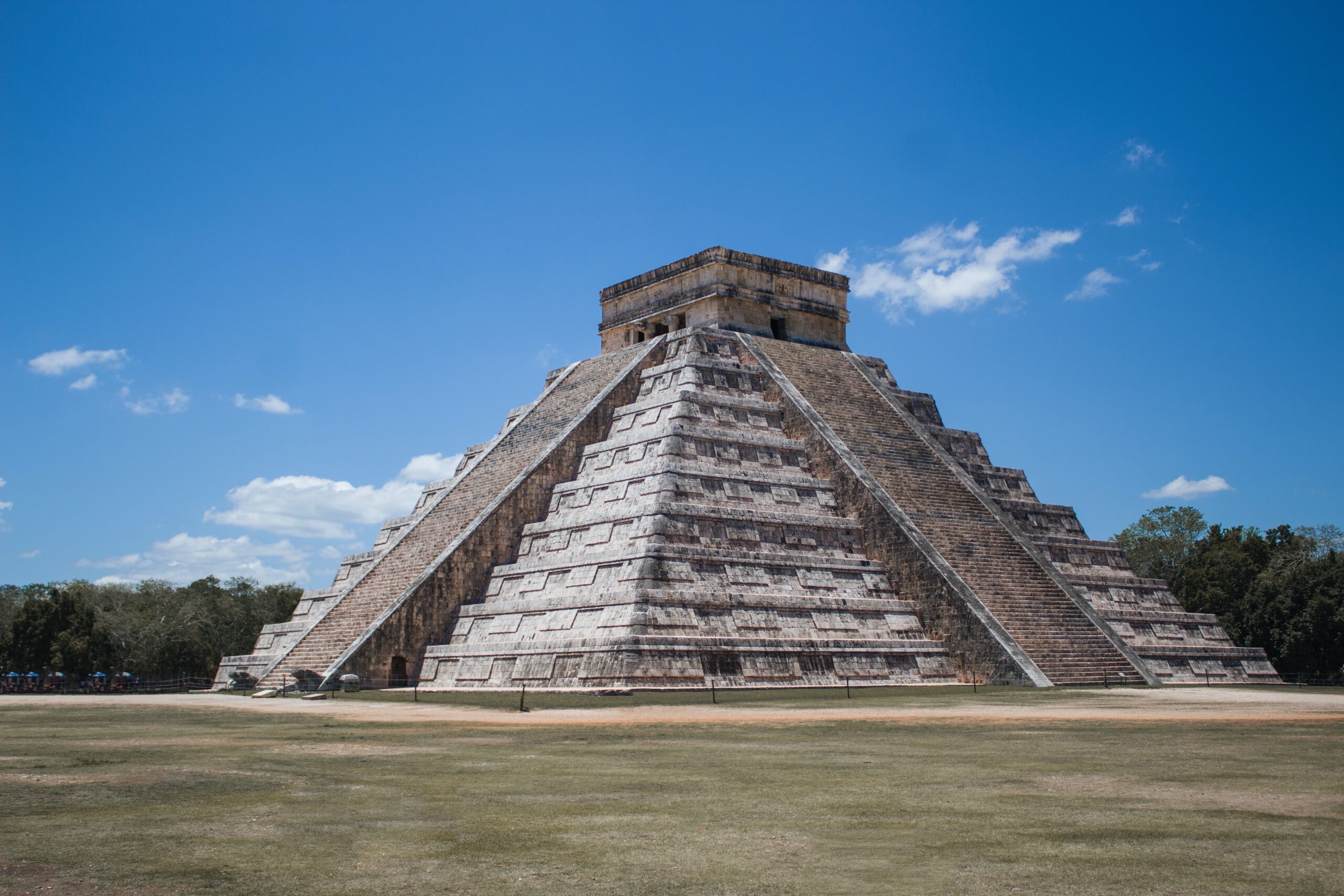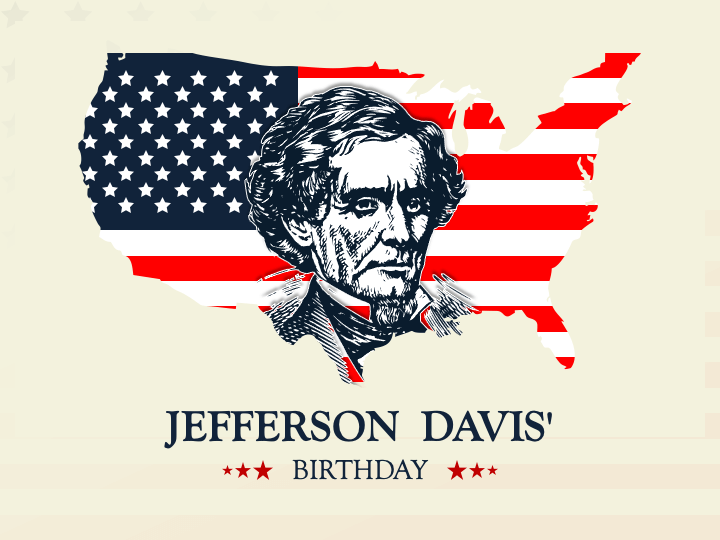Good Friday is the Christian observance of Jesus’s crucifixion, taking place on the Friday before Easter. Jesus is believed to have been crucified in 33 AD. The day is supposed to remind Christians of Jesus’s suffering. It is commemorated by praying, fasting and attending church services.
Since it is considered a day of mourning, many attendants wear black and cover paintings or crucifixes with black, grey, or purple cloth. The holiday is typically very quiet and not very rowdy, although wine is sometimes drank at dinner. Some states give schools and offices the day off. The name is supposedly derived from “God’s Friday” or good as in the nature of Jesus’s selflessness and holiness.
While there is not necessarily a specific meal, many people do not observe fasting. Fasters may eat typically one small meal and two small snacks that are not together equal to a whole meal. However, many observers bake hot crossed buns. Many churches are draped with black.
Religious services may include the following:
- The Stations of the Cross, which is a representation of Jesus carrying the cross to the site of his crucifixion.
- Three Hours’ Agony, a long prayer service that may take place at the Stations of the Cross.
- The Adoration of the Cross, which is the displaying of a crucifix.
- The Liturgy of the Word, a tradition that includes a silent entrance of the priests, prayers, incantation of scriptures.
- Roman Catholics have specific prayers called Acts of Reparation, which address the suffering that Jesus endured for his sacrifice.
- Many houses are kept quiet and free of noise or distractions from devices such as televisions. The day of mourning is supposed to a day of religious reflection.
There are some traditions unique to different cultures. In Bermuda, kites are made and flown. The kites’ backing forms the shape of the cross. Some countries, such as Poland, decorate eggs of Good Friday. Some communities in the Philippines hold street processions.
Jesus’s Crucifixion
All four canonical gospels chronicle Jesus’s crucifixion, which is sometimes called the Passion. In these narratives, Jesus was accused of blasphemy by the Jewish Sanhedrin and received a death sentence. The Sanhedrin went to Pontius Pilate to approve the death sentence, who told them that he found no basis for the charge. However, pressure from the crowds caused Pilate to approve the sentence.
Jesus was forced to carry his cross to the Hill of Calvary, where he was hung on the cross between two thieves. They fixed Jesus to the cross by nailing him by the ankles and wrists. He was severely beaten and suffered many abuses, including wearing a painful cross of thorns and was offered a mixture of vinegar and herbs to drink, but refused.
The crucifixion is believed to have lasted six hours, during which his crucifiers bet over his clothing and mocked him. Before Jesus died, the land was covered with darkness and during his last moments, there was an earthquake, which tore the temple veil. He was buried in the tomb, which is where the story of Easter Sunday picks up.













































